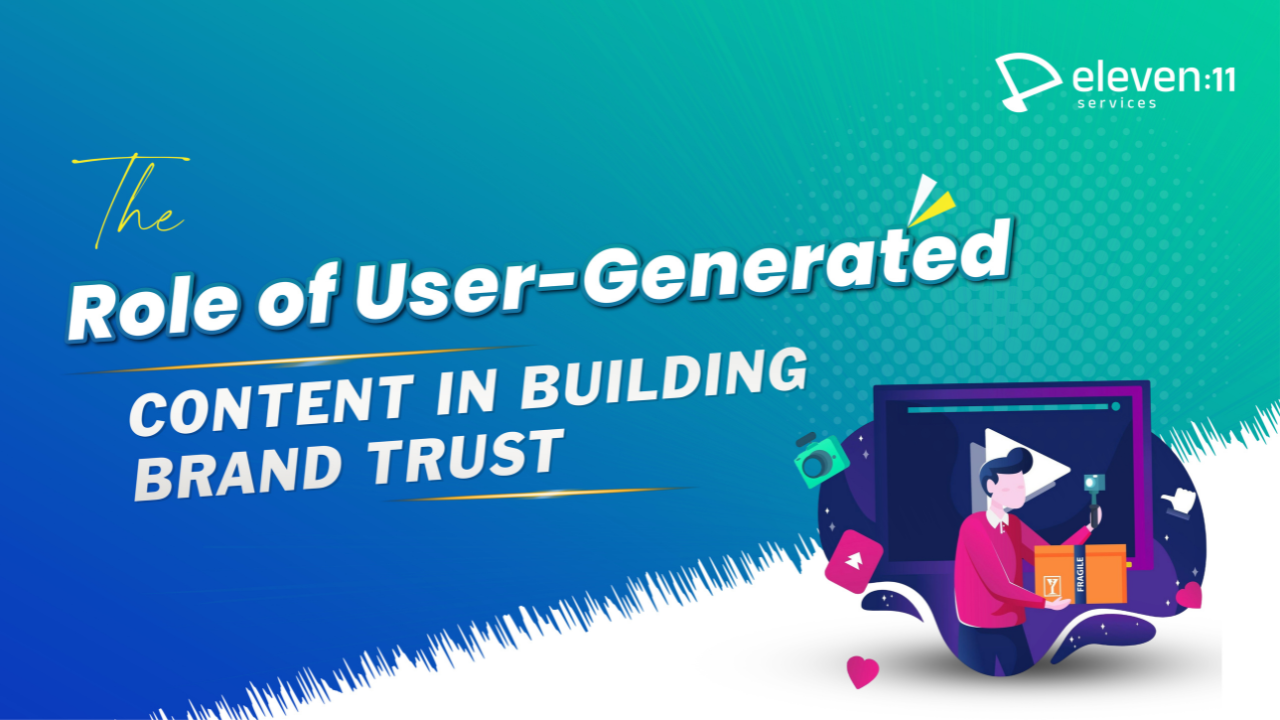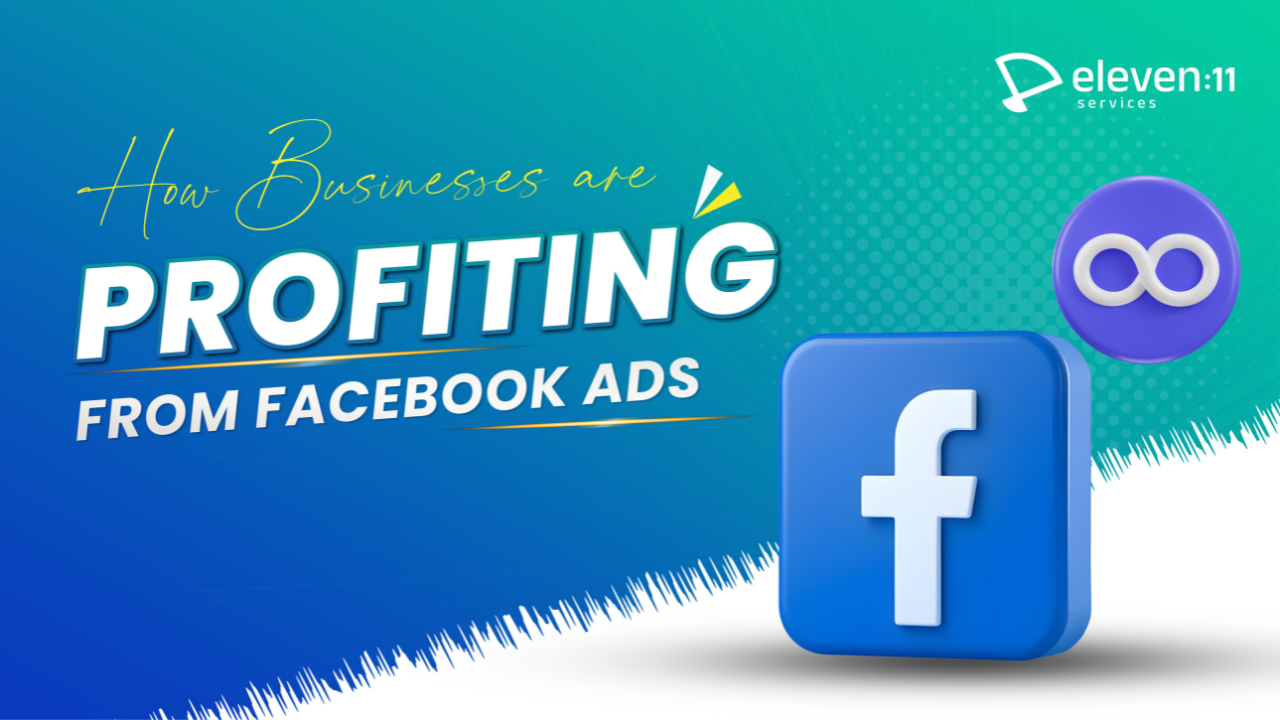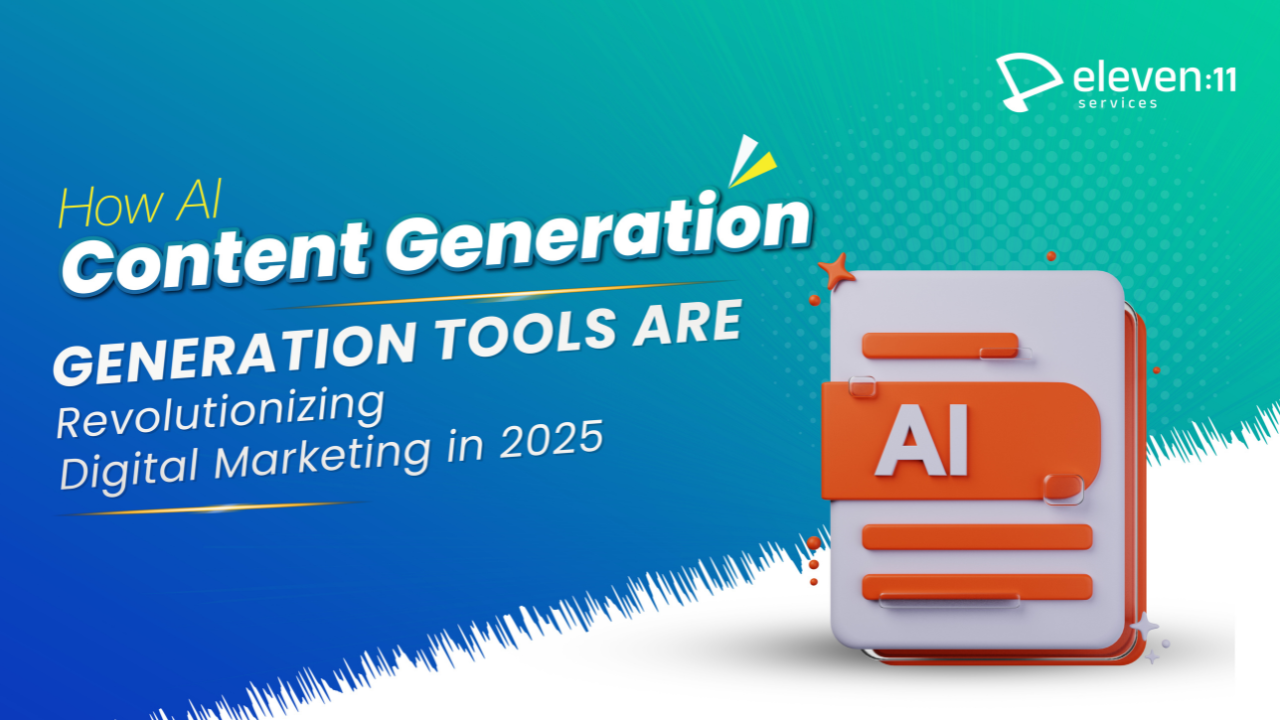In the world of digital marketing, building brand trust is paramount for success. Consumers are no longer swayed by flashy advertisements alone; they seek authenticity and genuine connections. This is where user-generated content (UGC) comes into play. UGC, created by real users of a brand’s products or services, has emerged as a powerful way to foster trust, boost engagement, and drive conversions. This blog explores the pivotal role of UGC in building brand trust, its benefits, and actionable strategies to harness its potential.
What is User-Generated Content?
User-generated content refers to any form of content text, images, videos, reviews, or testimonials created by individuals rather than brands. This type of content is often shared on social media platforms, review sites, forums, or directly with the brand. Examples of UGC include:
- Product reviews and ratings on e-commerce platforms
- Social media posts featuring a brand’s products
- Customer testimonials on websites
- User-submitted photos or videos showcasing product usage
- Comments and discussions about a brand on forums or blogs
Why is User-Generated Content Important for Building Trust?
1. Authenticity and Credibility
Consumers value honesty and transparency. 92% of people trust recommendations from individuals (even if they don’t know them) over brand-generated content. UGC provides an unfiltered, real-world perspective on a brand’s offerings, making it more credible than traditional marketing.
2. Social Proof
UGC serves as social proof, showing potential customers that others have had positive experiences with a brand. When people see others engaging with and endorsing a brand, they are more likely to trust it.
3. Stronger Emotional Connection
UGC humanizes a brand. By showcasing real people and their experiences, brands can foster a deeper emotional connection with their audience. This personal touch resonates far more than polished advertisements.
4. Transparency and Trustworthiness
By embracing and sharing UGC including constructive feedback brands demonstrate a commitment to transparency. This openness fosters trust and reinforces a brand’s integrity.
Benefits of User-Generated Content for Brands
1. Boosts Engagement
UGC drives higher engagement rates on platforms like Instagram, TikTok, and Facebook. Content created by users tends to spark conversations, shares, and interactions.
2. Cost-Effective Marketing
Instead of investing heavily in creating branded content, brands can leverage UGC, which is often free or low-cost. Happy customers essentially become unpaid brand ambassadors.
3. Improves SEO
UGC, especially in the form of reviews and discussions, contributes to fresh, keyword-rich content that improves a brand’s search engine rankings. For instance, reviews using terms like “best [product name]” can help boost visibility in search results.
4. Enhances Conversion Rates
UGC plays a pivotal role in purchasing decisions. According to research, user-generated visuals and reviews can increase conversion rates by up to 161%.
5. Fosters Brand Loyalty
Highlighting UGC shows customers that their voices matter. This recognition encourages loyalty and strengthens the bond between customers and the brand.
Types of User-Generated Content That Build Trust
1. Customer Reviews and Ratings
Customer reviews are among the most trusted forms of UGC. Platforms like Google Reviews, Yelp, and Trustpilot are essential for showcasing customer satisfaction.
2. Social Media Content
Posts, stories, and videos shared by customers tagging your brand or using branded hashtags can significantly boost visibility and trust.
3. Video Testimonials
Authentic video reviews from satisfied customers provide a personal and relatable touch, building credibility.
4. Blog Posts and Case Studies
In-depth reviews, blogs, or case studies written by customers or influencers add depth to your brand’s narrative.
5. Community Discussions
Q&A forums, such as those on Reddit or Quora, where users discuss and recommend your brand, serve as valuable trust-building platforms.
Strategies to Encourage User-Generated Content
1. Create a Branded Hashtag
Develop a unique hashtag to encourage users to share content. For example, #JustDoIt by Nike or #ShareACoke by Coca-Cola have successfully driven massive UGC campaigns.
2. Host Contests and Giveaways
Contests are a great way to incentivize users to create content. Offer rewards such as discounts, free products, or shoutouts to winners.
3. Request Reviews and Testimonials
Proactively ask satisfied customers to leave reviews or share their experiences. Simplify the process by providing direct links to review platforms.
4. Feature UGC on Brand Channels
Showcase user-generated content on your website, social media pages, or email campaigns. Recognition motivates others to contribute.
5. Offer Excellent Customer Experiences
Happy customers are more likely to create positive content. Focus on delivering exceptional products and services to inspire UGC organically.
Case Studies: Brands Excelling with User-Generated Content
1. Airbnb
Airbnb’s success heavily relies on UGC. The platform’s user reviews and photos help potential customers make informed decisions. Their campaigns, such as “Made Possible by Hosts,” highlight user stories, fostering trust and engagement.
2. Starbucks
Starbucks effectively uses UGC through campaigns like the Red Cup Contest, where customers share photos of their holiday-themed cups. This drives massive engagement and builds brand trust.
3. Glossier
Beauty brand Glossier thrives on UGC by regularly featuring customer reviews, tutorials, and testimonials on their social media channels, creating a loyal and engaged community.
Best Practices for Leveraging UGC
- Always Credit Creators
- Moderate Content
- Integrate UGC Across Channels
- Respect User Privacy
- Analyze Performance
Challenges of User-Generated Content
1. Negative Feedback
Not all UGC will be positive. Address negative reviews professionally to show that you value feedback and are committed to improvement.
2. Inconsistent Quality
While UGC is authentic, it may not always meet brand standards. Establish guidelines for the type of content you’ll feature.
3. Encouraging Participation
It can be challenging to motivate users to create content. Offering incentives and making the process easy can help.
Conclusion
In the digital age, user-generated content is a vital tool for building brand trust. By showcasing real experiences, fostering authenticity, and engaging your audience, UGC bridges the gap between brands and consumers. Whether through reviews, social media posts, or video testimonials, UGC amplifies your brand’s credibility and strengthens customer relationships.
As you incorporate UGC into your marketing strategy, remember to celebrate your customers and their contributions. By doing so, you’ll not only build trust but also create a loyal community that champions your brand.
Recommended Blogs
Explore the basics of AI and its applications.




